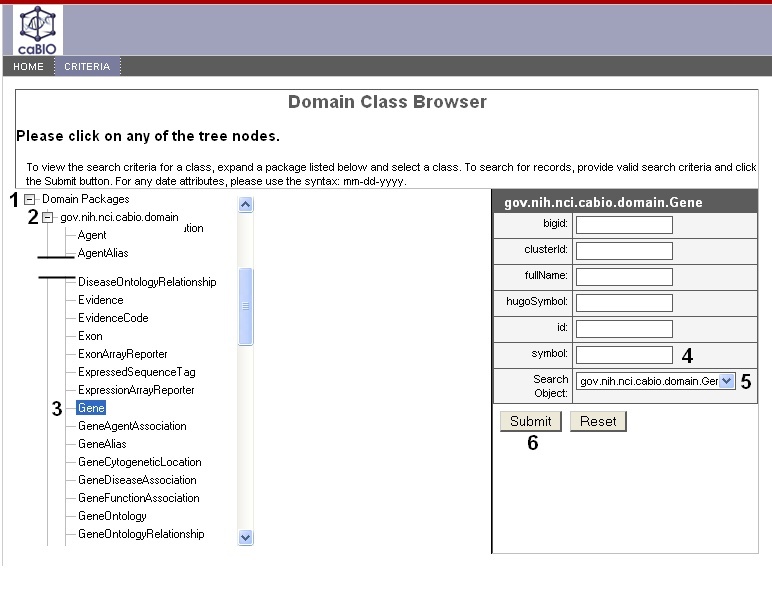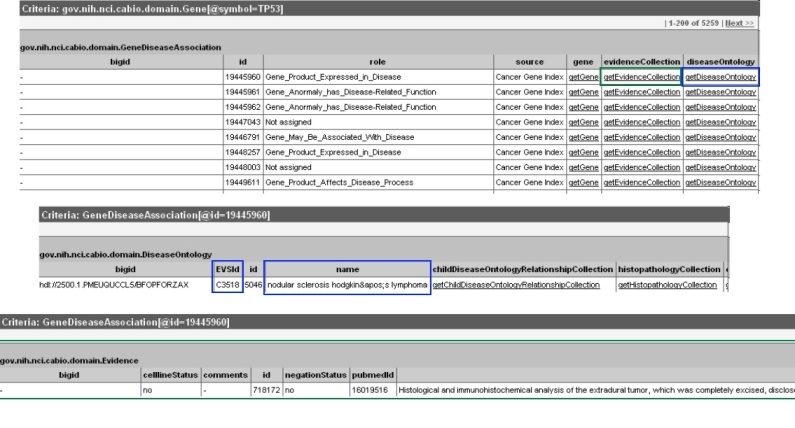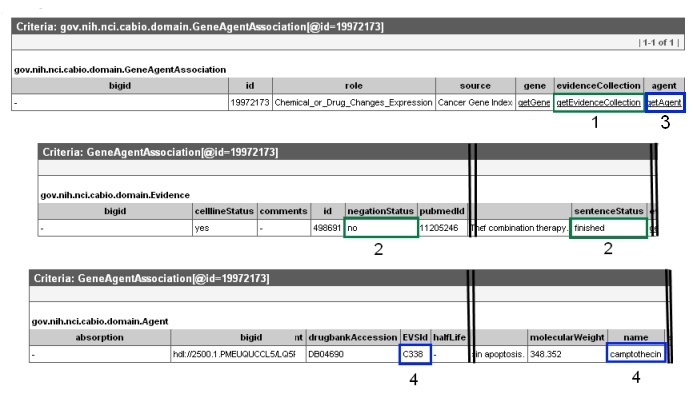 |
Page History
| Scrollbar | ||
|---|---|---|
|
| Section | |||||||||||||||||||||||||||||||||||||||||||||||||||||||||||||||||||||||||||||
|---|---|---|---|---|---|---|---|---|---|---|---|---|---|---|---|---|---|---|---|---|---|---|---|---|---|---|---|---|---|---|---|---|---|---|---|---|---|---|---|---|---|---|---|---|---|---|---|---|---|---|---|---|---|---|---|---|---|---|---|---|---|---|---|---|---|---|---|---|---|---|---|---|---|---|---|---|---|
Click the Anchor | disease terms | disease terms | Gene-Disease Association ResultsRetrieved gene-disease results are listed as records in a single table, which includes each object's identifier, the Role Code and/or Role Detail associated with the gene-disease concept pair, notation that the data derive from the Cancer Gene Index, and three method links - To view the gene-disease sentence and annotation information, select the
Click the
|




